Climate-Adapded Urban Open Spaces
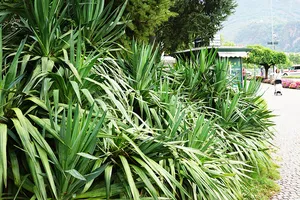
Urban heat island effect and climate change are becoming more and more relevant to the design of public space. In various research projects, it is examined, to which aspects of this topic complex reactions are needed in future-oriented design. The focus is on mitigating further heating by vegetation, equipment and surface design, on the handling of heavy rain events, on the response of vegetation to climatic change, and on user practices in the context of sustainability.
Intervention and Participation
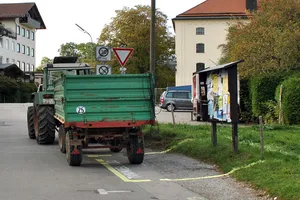
While planning disciplines have difficulties with the integration of unspecified interest groups and the processual development of projects, art has opened itself up to these approaches through its working methods. By turning to the temporary, it has been possible to act in a process-oriented manner in the public sphere and to employ works of art as open experiment. The chair explores whether and to what extent artistic forms of expression are used or could be used as methods of participation in transformation processes in the urban public space.
Recent History of Landscape Architecture
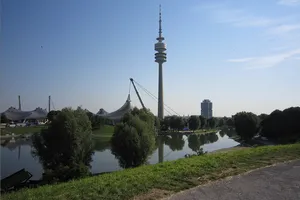
Over time, the approach and subject of landscape architectural designs change. The position of the discipline between ecology and design has been re-examined at all times. At the moment, climate change is again challenging us to orient landscape architecture towards new problems. This research field explores the extent to which projects from the recent past can answer current questions and what conceptual and aesthetic relationships they have with contemporary designs.
Informal Settlements
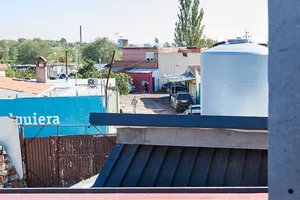
Informal settlements are a phenomenon worldwide, which evokes many diverse associations under the term slum. About a third of the global city population resides in favelas, shanty towns, or chabolas, as they are called elsewhere. How do landscape architects and landscape architects deal with these unplanned places, how do they approach this task in a planning way, that no one exactly describes or demands. In self-chosen case studies, various methods of approach, analysis, and planning are tested in student works and in research approaches.
Infrastructural Urbanism
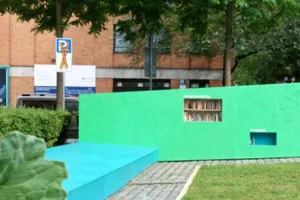
Infrastructural urbanism deals with the impact of an expanded concept of mobility on public space. New mobility puts new challenges on our landscapes. At the same time, modern high-performance infrastructures produce accidental spaces, a kind of shadow city, which emerges next to highways, railroad lines, elevated roads, transmission lines. Whether it is obsolete parking lots in the course of the traffic transition or unused spaces around infrastructures, this research field investigates the effects of modern mobility on public space.
